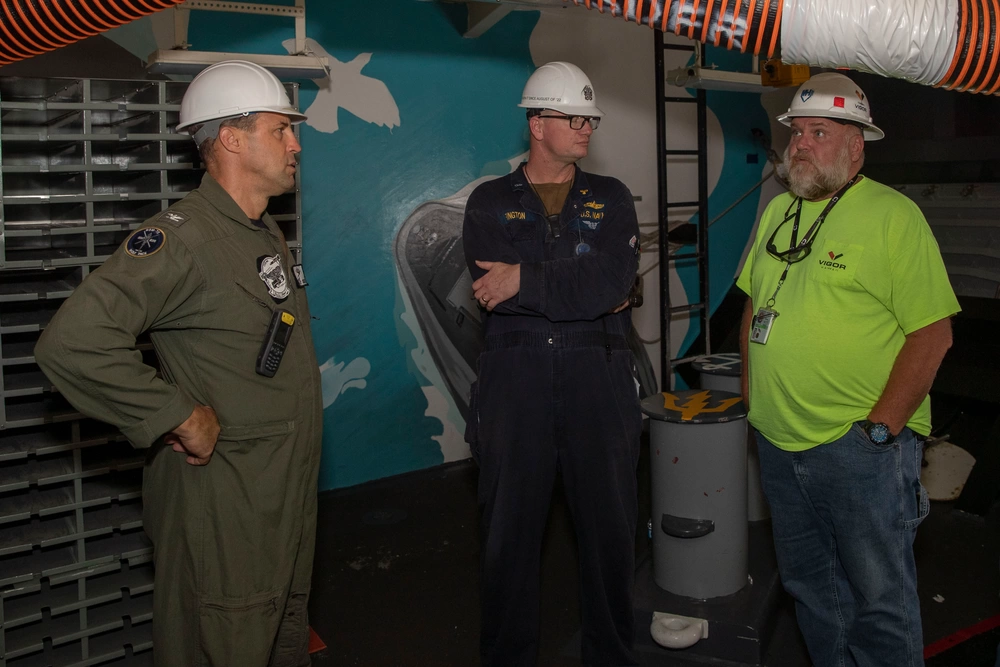Department of Defense Preparing First-Ever National Defense Industrial Strategy
The US Department of Defense is aiming to publish the nation’s first-ever National Defense Industrial Strategy before the end of the year. Five areas of focus were identified for the upcoming strategy:
- Creating resilient supply chains
- Having an industrial base that can produce capabilities, services and technologies that are needed at speed, scale and cost
- Ensuring workforce readiness and development
- Delivering flexible acquisitions
- Building in metrics for measurable outcomes
At a conference in Washington, deputy assistant secretary of Defense Justin McFarlin elaborated on these priorities. For example, the DoD is looking to work with partners like Japan and Australia rather than trying to build fully 100% American supply chains “because, again, the best stuff isn’t necessarily always in the US”. The DoD also seeks to counter foreign investment and acquisitions which have the potential to threaten American economic security and to transform the acquisition system to be speedier, more flexible and more cost-efficient. It is also hoped that new “non-traditional” companies can be brought into the defense industrial base and that the DoD is better able to leverage dual-use technologies.
The new strategy comes at a time of intense focus on industrial and supply chain resiliency. Trade frictions with China as well as medical supply chain disruptions following Covid-19 is one of the key drivers of this change. Second of all, the war in Ukraine had revealed key shortcomings in certain areas of Western defense industry such as shell production. Finally, the United States has continued to increasingly shift its strategy towards long-term great power competition.
According to Assistant Secretary Taylor-Kale:
“We’ve seen in the response to COVID and the conflicts in Ukraine […] that our industrial ecosystem needs to be ready to provide the capabilities at speed, at scale and at cost that the department needs. Decades of policy decisions really can’t be undone overnight. […] This strategy is meant to catalyze a generational change that will guide the department’s focus and policy development and programs and investment in the industrial base for the next three-to-five years.”
The Department of Defense is already making progress in some key areas. This year alone, American artillery shell production has doubled.

